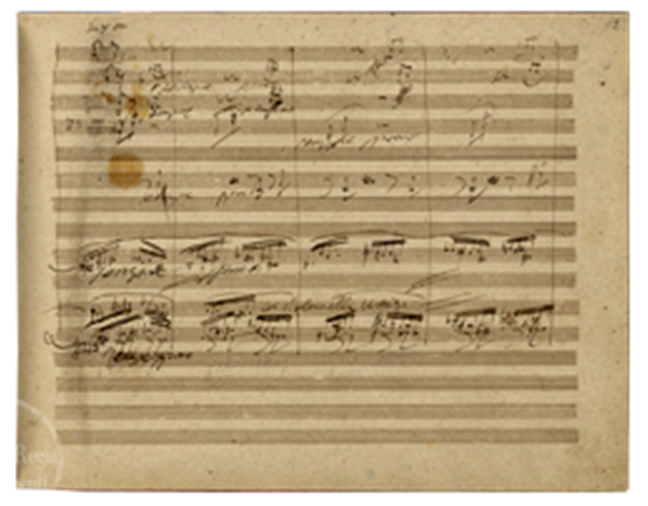This movement is basically perfect.
Here's an interesting analysis I found while scanning the InterWebs. It comes from a guy who is (or was) a lawyer in a DC firm, so hardly a "traditional" classical music critic or authority of any kind. But I really liked it, and it's insightful. So here it is. (Welcome to the Internet Age.)
The second movement, a fugal scherzo, brilliantly combines nervous tension and joyous outbursts. Although often overshadowed by the others, it, too, begins with a startling innovation of tympani (tuned drums) being used not only in their customary role as rhythmic reinforcement but as a melodic solo. Beethoven's liberation of this formerly subsidiary instrument undoubtedly inspired Berlioz (in his Symphonie Fantastique), Mahler (his Sixth Symphony), Stravinsky (his Rite of Spring) and so many others, and even arguably paved the way for improvisational uses and experimentation that ultimately would enrich jazz and pop drumming. Another major advance was Beethoven's use of silence as a musical element – of the eight bars of the theme, four contain no notes whatever. The concept of treating sound and quiet as equal musical components is thoroughly modern, and an essential foundation for minimalism and aleatory music.
Also, here's a Period Instrument version, if that's your fancy. It's not mine; not usually. But I'm trying to be more accepting in my old age. Sort of.

